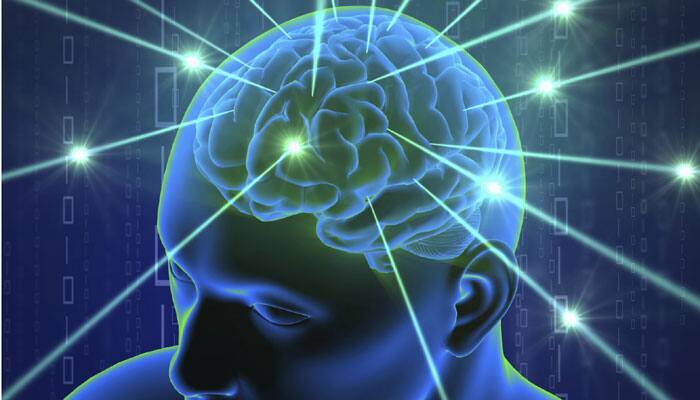Washington: A new study has provided a deeper insight into how the brain transforms bad experiences into long-lasting and unpleasant memories.
Scientists from New York University and Japan`s RIKEN Brain Science Institute identified the brain mechanisms responsible of translating unpleasant experiences into long-lasting memories that are critical for survival.
This was achieved, they find, by changing the strength by which neurons are connected in the amygdale, the part of the brain involved in the formation of emotional memories.
The study, which also included Joshua Johansen, who directs the RIKEN Brain Science Institute`s Laboratory for Neural Circuitry of Memory, and Lorenzo Diaz-Mataix, a post-doctoral fellow in NYU`s Center for Neural Science, tested an influential theory proposed in 1949 by the Canadian psychologist Donald Hebb.
Hebb`s theory posits that neurons that are connected and fire electrical impulses at the same time increase the strength of their connections and, by doing so, lay the basis for memory formation.
A great deal of work in reduced brain preparations has demonstrated that this type of Hebbian plasticity could indeed increase the connectional strength between neurons.
In the latest research scientists found that preventing the electrical activity resulted in impaired memory for the aversive event that was reflected in the lack of learning induced strengthening of the connections between neurons in the amygdala. This finding provided direct support for the Hebbian hypothesis.
However, when they eliminated the shock and replaced it by pairing the auditory stimulus with direct laser excitation of the amygdala cells, no learning occurred.
Surprisingly, learning did occur when the receptors for noradrenaline, a brain molecule that was important for attention, were activated at the same time as the laser was on. This demonstrated that while Hebbian mechanisms are important, they are not sufficient by themselves. Rather, the participation of tiny molecules called neuromodulators seems to be required.
Joseph LeDoux, a professor in NYU`s Center for Neural Science, said that understanding how aversive memories are formed was particularly relevant to anxiety disorders in which chemicals like norepinephrine are known to contribute to hyperarousal and might mark memories especially strongly.
The study is published in the Proceedings of the National Academy of Sciences (PNAS).
















